Alright – so today we’ve got the honor of introducing you to Alex Pérez Moya. We think you’ll enjoy our conversation, we’ve shared it below.
Alex, thanks for taking the time to share your stories with us today. Are you happier as a creative? Do you sometimes think about what it would be like to just have a regular job? Can you talk to us about how you think through these emotions?
If you ask me if I am happy as an artist, the short answer would be ‘yes’. However, the reality is much more complex. Dedicating my time to painting is a great source of satisfaction, but it also means giving up many things.
Developing a career in Arts involves investing a great amount of time and effort, which in the short term doesn’t come hand in hand with recognition. In turn, it implies living with constant uncertainty and vertigo. Passion acquires the status of work in terms of seriousness, discipline and dedication, but not in terms of financial compensation. I am committed to my work to which I dedicate most of my day. Nevertheless, the feeling that I could always give more often leads to work time displacing rest time.
Since the sale of paintings is unpredictable and of irregular frequency, at this point of my career, I rely on other jobs to get ahead. In addition, many positions aren’t easy to combine with my artistic production. The fact that most people have more stable and regular jobs, sometimes makes me feel out of step with those around.
The personal artistic development also has its dark parts, since it is an extremely personal work in which I face myself and I have to be honest. I do not always manage to achieve what I am looking for, perhaps never, and that may be the point. It is a constant search that, despite having specific moments of frustration and insecurity, also has moments of great satisfaction, fulfillment and authenticity. Also, the process of creating ones’ work involves dealing with misunderstanding, since it is not easy to make people understand your work or to project an image of seriousness towards your activity.
Despite these difficulties, I do not want the global reading to be pessimistic, since what this path gives me is much more relevant. The reasons that make it worthwhile are more abstract and difficult to explain, but they also carry much more weight. When I paint I feel that I am doing what I have to do, not fulfilling a duty but doing something natural, something that could not be otherwise. It means sense of direction and to have some clear ideas, a motivation that, although not always at its peak, is constant and powerful enough to overshadow all the aforementioned difficulties. In addition, it allows me to grow, get to know myself better and delve into concerns and personal interests (that I don’t know if I could develop in another way). Surely, it would have been easier for me if I had chosen a regular profession, but I don’t think any other option would have made me feel as fulfilled.
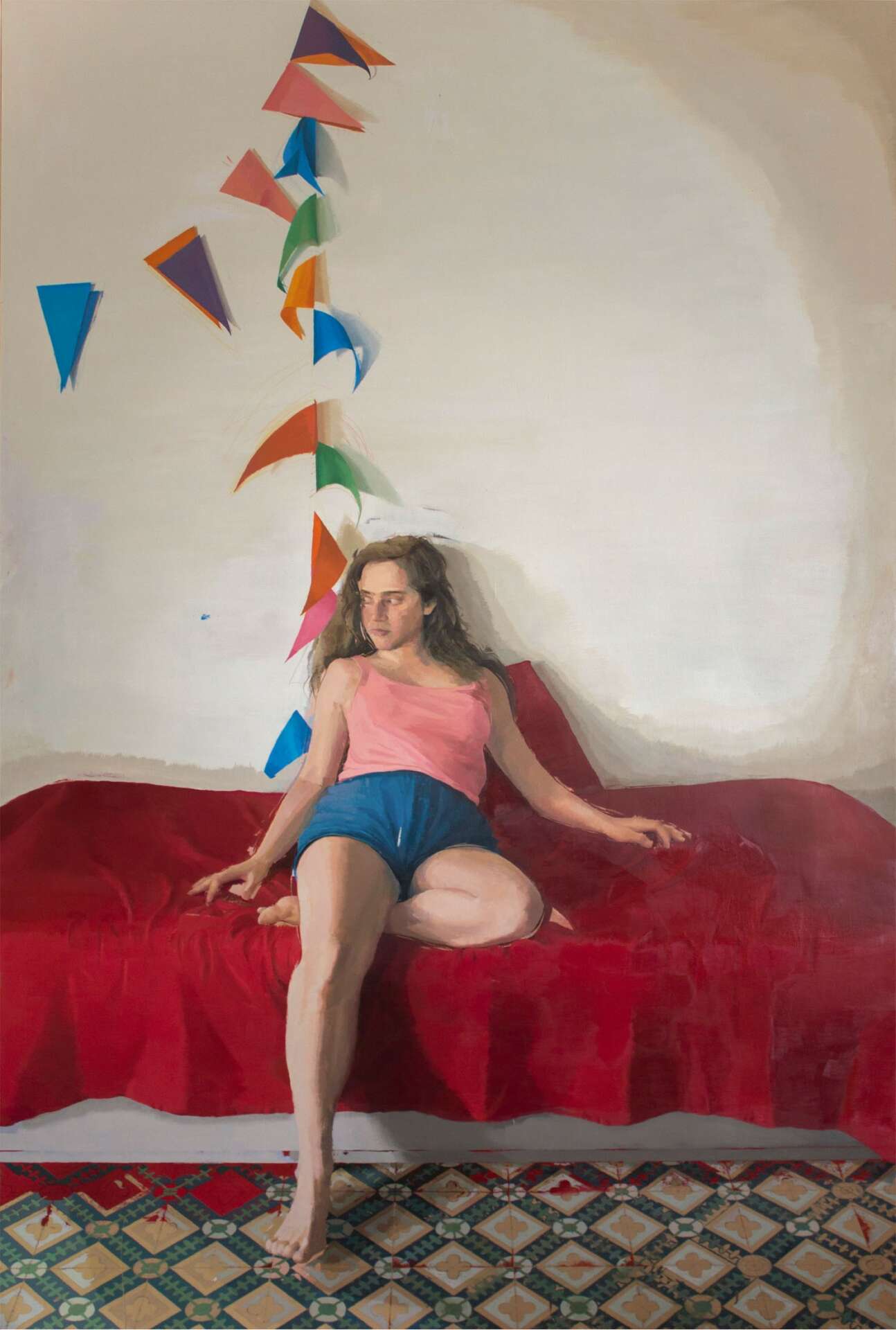
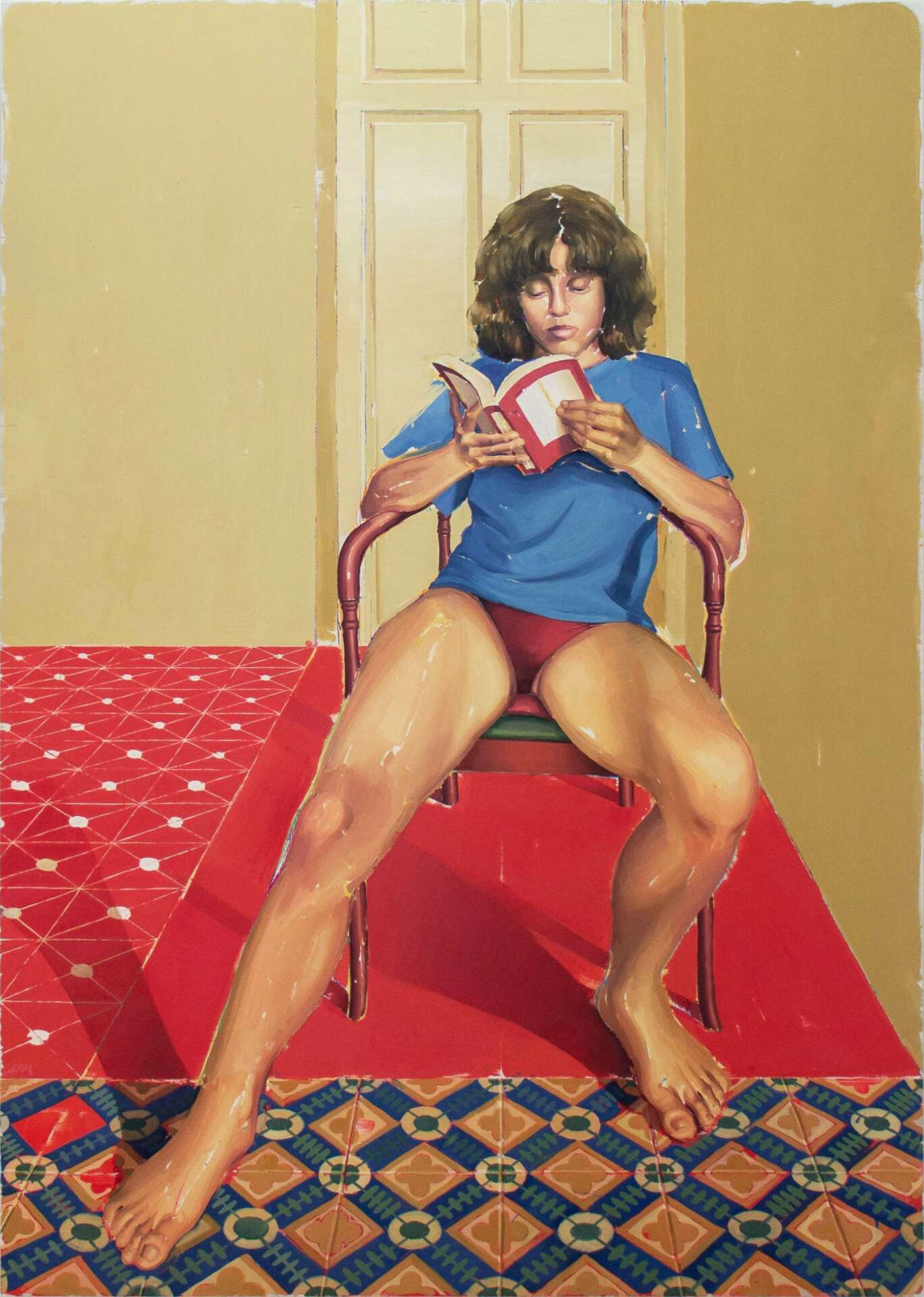


Awesome – so before we get into the rest of our questions, can you briefly introduce yourself to our readers.
Like most people who are professionally involved in Arts, I have had an interest in it since I was very young. As a child I drew constantly, I remember that drawing something gave me the feeling of owning it. This feeling continues to be an important drive towards painting. Even so, I often drew the same subjects over and over again. When I started high school, this frequency decreased considerably since I couldn’t find much time for it and the atmosphere there was not very stimulating in that way.
Thus, adolescence was not the stage in which I spent the most time drawing. However, when it came time to decide what to do after high school, the main idea that came to my mind was to study Fine Arts. I had some doubts because of the job opportunities, but I decided to apply it anyway.
It turned out that my mark was not high enough, neither for Fine Arts nor for my preferred options, so I ended up getting into building engineering. This was a hard process for me, which caused me such a disappointment that I discarded the idea of studying Fine Arts for a while. Engineering never fulfilled me, but it was not until the beginning of the third year that I returned to the initial idea and left that degree. It wasn’t easy, I felt a lot of vertigo, but that is one of the decisions I’m most proud of so far. After leaving the engineering, I studied and took some exams to raise my grade. The following year I was able to start Fine Arts.
It may seem that I wasted three years studying something that I didn’t like and that I didn’t even finish, but I don’t regret it, since it contributed to my artistic and professional development in several ways. Firstly, I consider I lacked the maturity to study Fine Arts when I finished high school. Secondly, having previously left a degree that I disliked reassured me of my real motivation. This thought helped me a lot at certain times and made me take advantage of this new degree much more than I would have otherwise. I am also grateful for the training in technical drawing and spatial vision that the engineering gave me.
Before starting Fine Arts, my main interests were drawing and photography, but they were quickly replaced by painting. Until then, color had been of secondary importance to me, but it was that, together with its plasticity and materiality, that made me want to pursue that path.
I had some good professors in the faculty and I enjoyed it a lot, but I have to say that it is a degree in which that’s not enough. If you really want to learn and became trained, it is essential to engage with a lot of dedication, work and interest. It is not enough to do what is required to pass or get good grades. In this sense, I learned a lot from my classmates.
Once I finished my degree, I wanted to paint freely without anyone telling me how to do it. At the same time, I realized that for the last four years I had become so obsessed with painting and learning that I hadn’t planned very carefully what I was going to do when I finished. I suppose that many of my classmates also felt lost at this time, because higher education hardly prepares students to face the professional environment. Nothing is taught about how an artist can earn a living or how a gallery or the art market works. I started combining my personal work with temporary jobs and painting commissions, but I realized that commissions by themselves were not going to get me very far, so I decided to take the next step. The world of galleries had always seemed mysterious and imposing to me, but I thought it was the only way if I wanted to advance my career. That’s how I found Arniches, an emerging gallery that caught my attention for its freshness and in which I thought I could make a valuable contribution. I showed them my work and shortly after we started working together. They gave me the opportunity to participate in several collective exhibitions and the most important thing: my first solo exhibition. During the previous years I had been disciplining and professionalizing my work. However, it was a this point when my career rose to a higher level. For several months I painted tirelessly to have everything ready for the exhibition.
The exhibition was titled Maneras de Sentarse (Ways of Sitting) and consisted of a large triptych in which a figure appeared sitting in three different positions on the same chair in the same room. The figure was shown in casual, relaxed and inelegant poses, with an androgynous look, but accentuating its weight and with slight disproportions. The space in which she found herself took great importance, since it was painted in an unrealistic and idealized way. It included intense and strongly artificial lighting, saturated and luminous colors and a forced conical perspective. The tiled Rennaissance-like floor accentuated this perspective and contrasted with the empty, clean walls. The general look was aseptic and artificial, almost metaphysical, it looked like a set, a scale model, a video game or a space in stopped time.
From this exhibition I have obtained commissions, fairs, collective exhibitions and an artistic residence in Madrid, in which I am developing a project that I will exhibit in my next solo show in March 2023. This one differs in many aspects from what I have worked on previously, since I won’t be working on the human figure. This project revolves around images of fictional food banquets as a symbol of sensuality, sexuality and concupiscence, in which I wish to explore sensations of attraction/repulsion.
As an artist, I consider myself primarily a painter, although I do not rule out using other mediums and materials in the future. I work mainly from photographs, but I like to manipulate them to move away from the photographic image and adapt them to the ideas that interest me at a specific moment. I usually make sketches before making a painting, both pencil drawings and small paintings on paper, as well as digital collages. I follow this type of process because it allows me to study the images and because each step provides the process with variations and accidents that enrich the final picture.
The ideas on which I base each project vary depending on what interests me at each moment, but there are certain themes that almost always constitute the basis of these ideas, that use to be related with human figure. They could be summarized in a generic way in the following concepts: paradise, refuge , abundance, sensuality, pleasure, obsession and childhood. The latter one understood as the influence of the interests and perceptions I had as a child on the perceptions that I have now. At the moment I have not dealt with these issues with the depth and scope that I want since my career is early, but I prefer to take advantage of the process and enjoy it rather than force any conclusion.
Now I am interested in deepening my work and continue building my artistic career little by little.
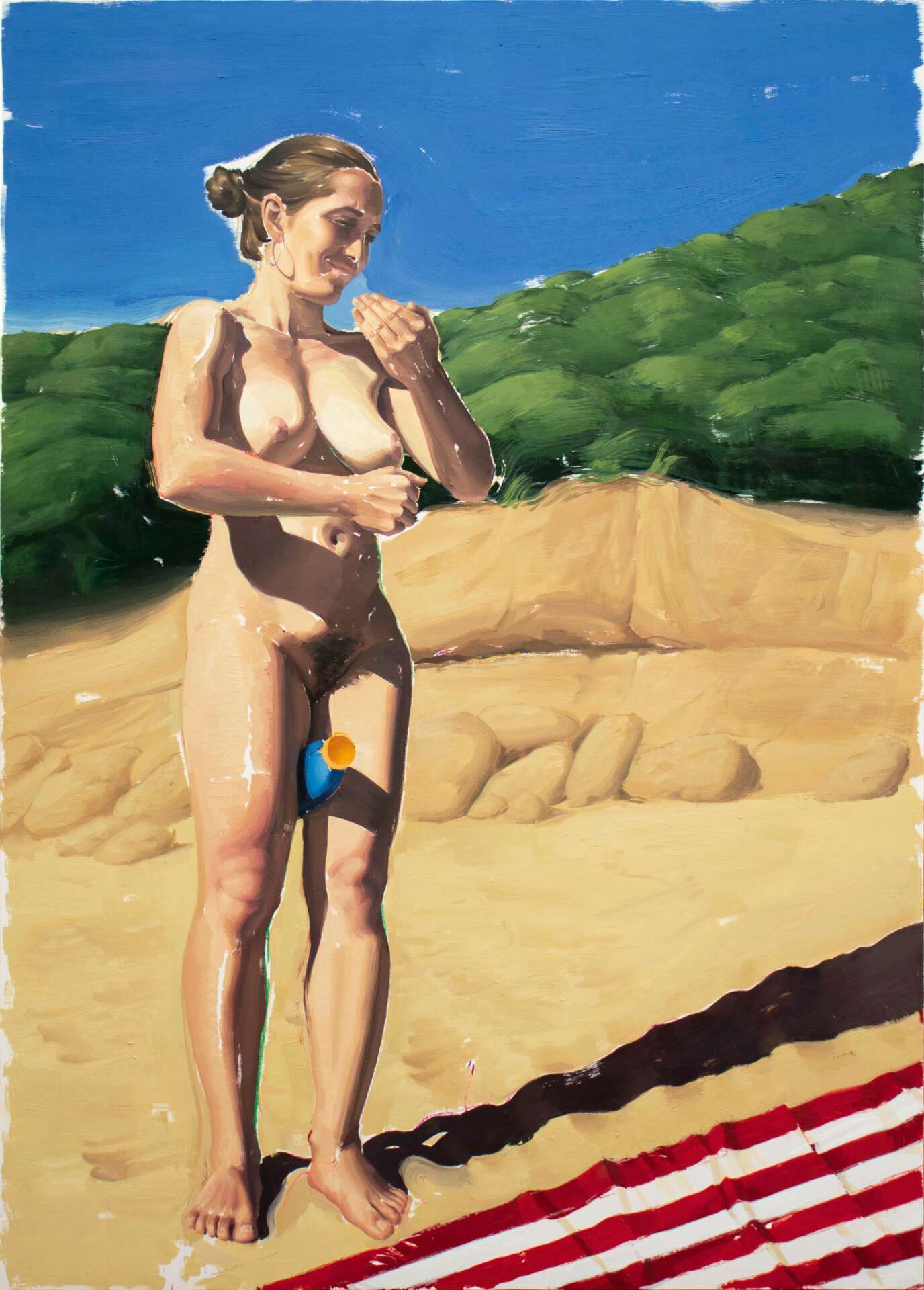
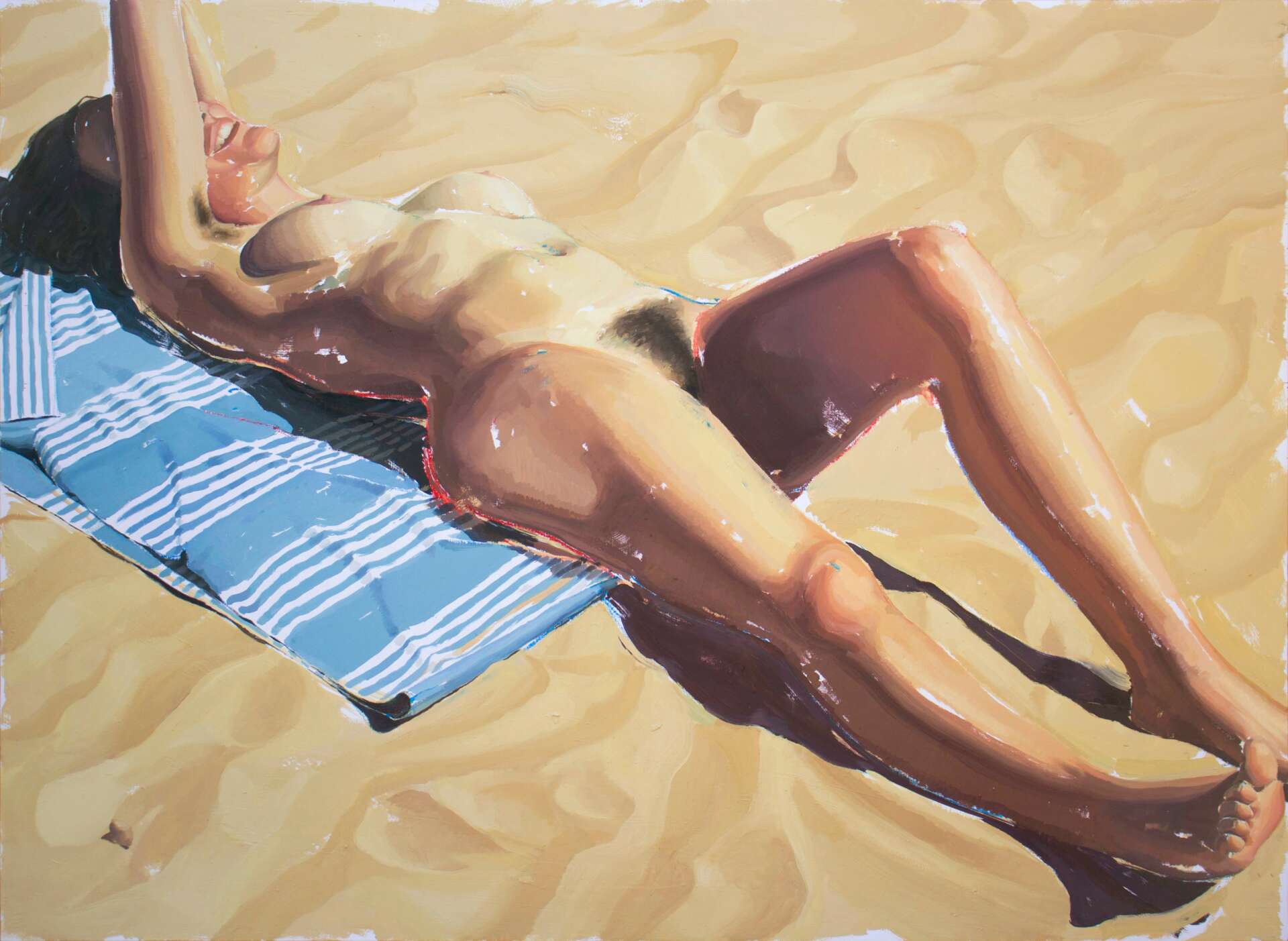
In your view, what can society to do to best support artists, creatives and a thriving creative ecosystem?
I think there is very little artistic culture in our society, at least when it comes to areas that are not directly related to the world of entertainment.
Most people listen to music, go to concerts or watch movies almost every day, but not many people usually go to exhibitions. There is little information and interest about it, since it is hardly promoted at a social and educational level, and this becomes a self-perpetuated vicious circle. The artistic world becomes a bubble that acquires an elitist status, disconnected in many ways from other sectors of society, who live completely apart from it.
Also, the education system does not value or encourage creativity or artistic sensitivity in any sense. Artistic subjects are thus taught in an anecdotal and stereotyped way. Art-teaching professionals do not come from an artistic background. Therefore, art is not their main area of expertise, and they lacking the appropriate skills to be art teachers. Sadly this is not considered as problematic when it comes to providing an artistic education.
On the one hand, a good way to support creatives would be to increase the number and quality of the institutions’ opportunities for emerging artists. In the long term, this would be easier if there were initiatives that worked in making art more accessible to people, managing to create more interest in it, sensitizing, integrating it into people’s lives and educating society in that way. On the other hand, I consider that the educational system is an important component for change, since it would allow sowing this type of concerns and sensitivities in an early age. Hence, it is critically important that artistic education professionals really understand what they are talking about and know how to transmit it. In my view, these actions would not only result in a great benefit for artists, but they would also benefit the whole society.
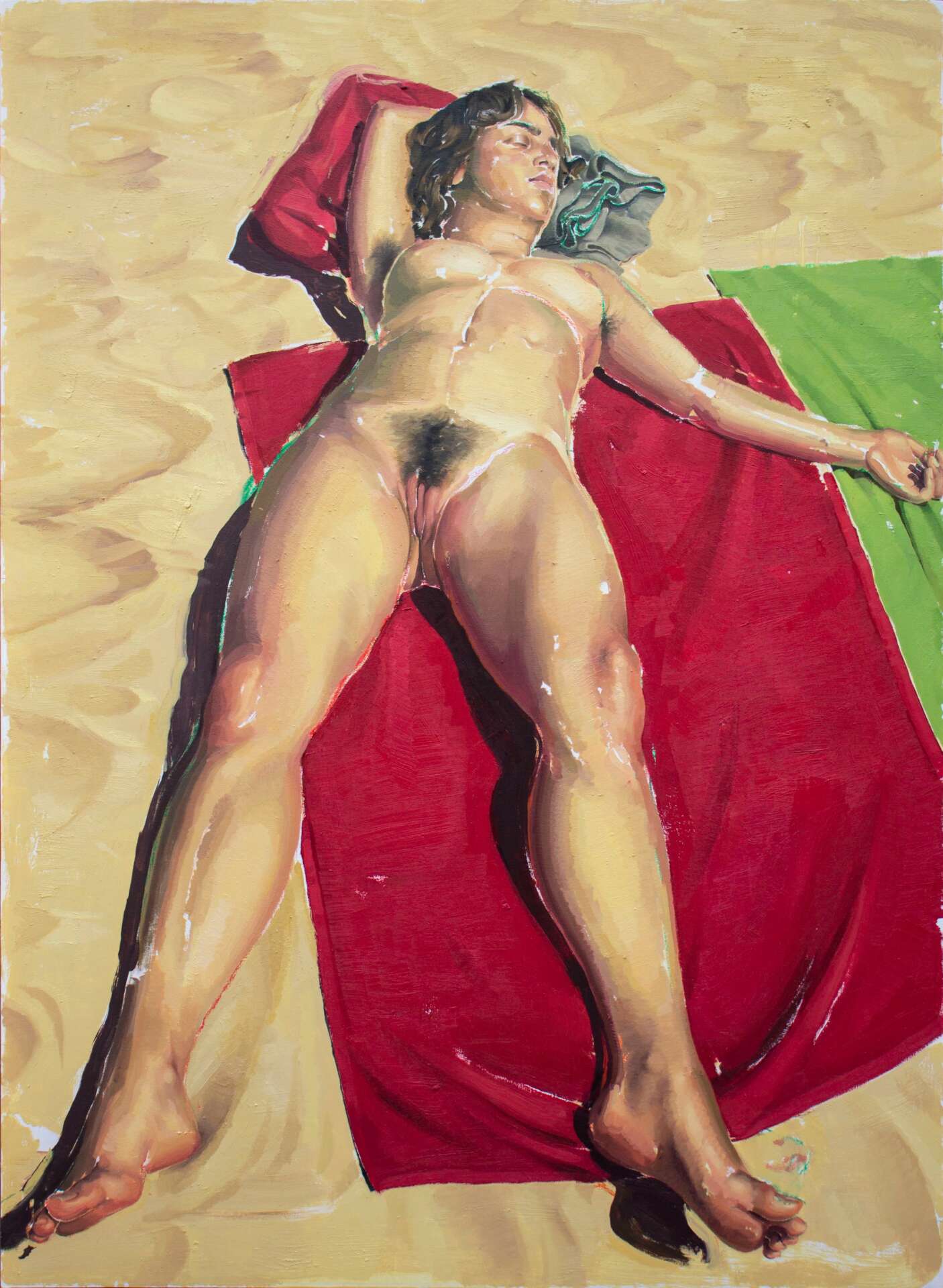
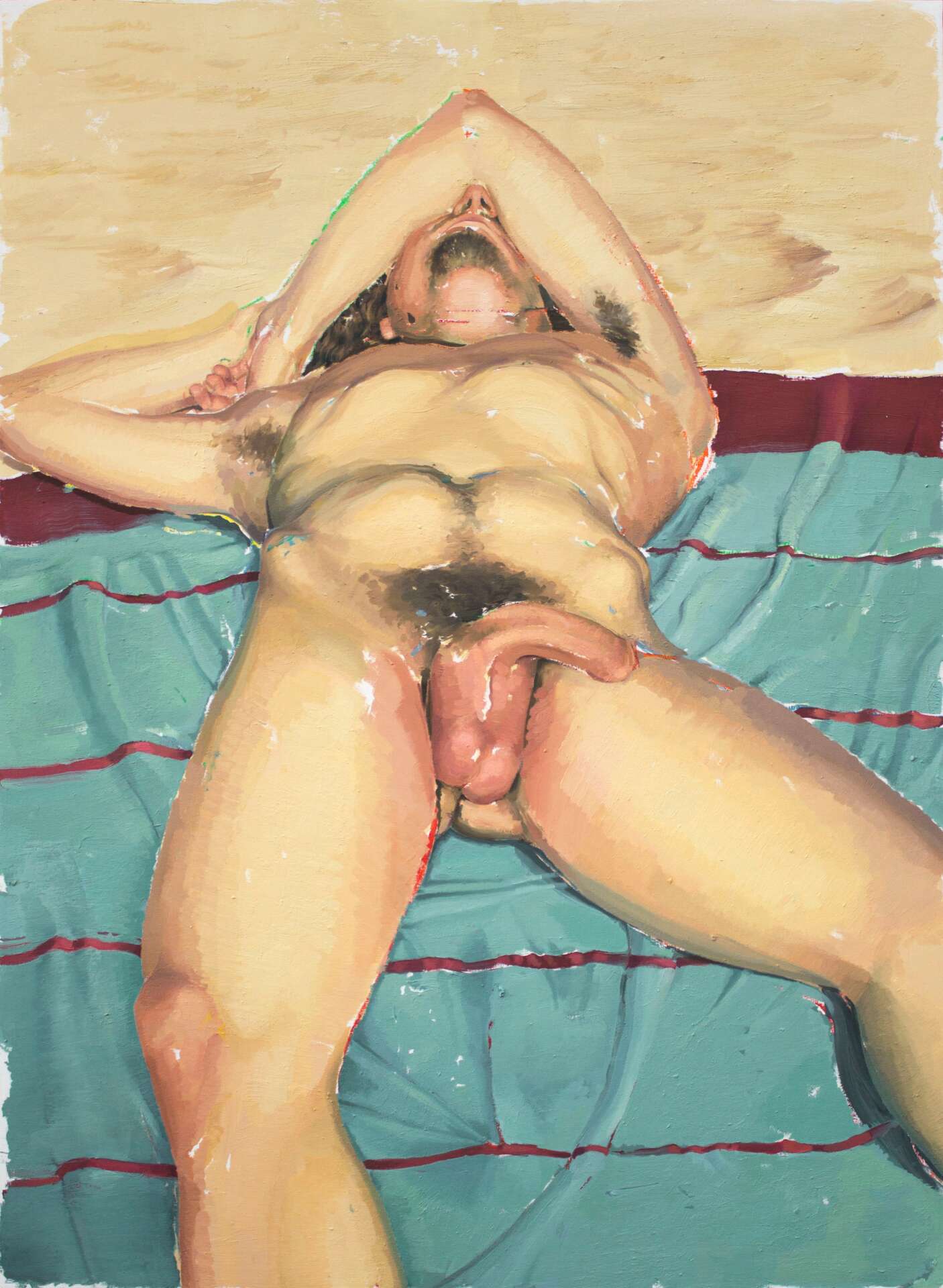
Are there any resources you wish you knew about earlier in your creative journey?
Of course. As I said in the second question, although many things can be learned during the degree, little or nothing is taught about how things work in the professional environment. In this sense, I would like to have known about how to proceed in this scene: the importance of artistic calls, how to distinguish which ones were better for me, how to prepare a professional dossier or how galleries work. Also believing in my work when facing other people and economically valuing it better.
Contact Info:
Image Credits
Alex Pérez Moya sitting next to his work. Alex Pérez Moya – Clara. Oil on wood, 180 x 120 cm. Alex Pérez Moya – S/T. Oil on wood, 100 x 70 cm. Alex Pérez Moya – S/T. Oil on wood, 100 x 70 cm. Alex Pérez Moya – Marina al sol. Oil on wood, 100 x 70 cm. Alex Pérez Moya – Sol con protección solar. Oil on wood, 148 x 106 cm. Alex Pérez Moya – Maneras de sentarse Vol. I. Oil on wood, 177 x 122 cm. Alex Pérez Moya – Maneras de sentarse Vol. II. Oil on wood, 177 x 122 cm. Alex Pérez Moya – Maneras de sentarse Vol. III. Oil on wood, 177 x 122 cm.


